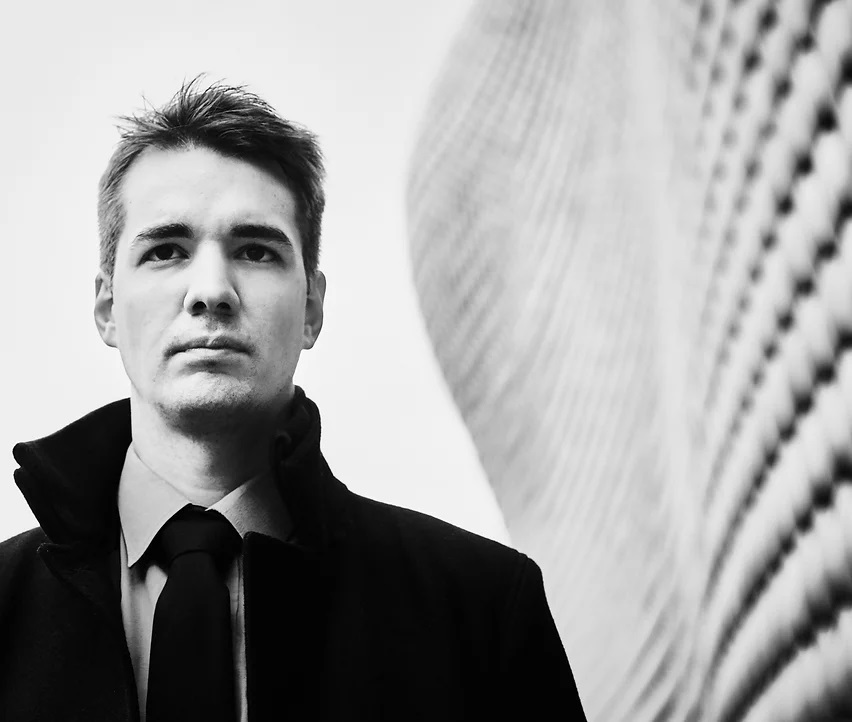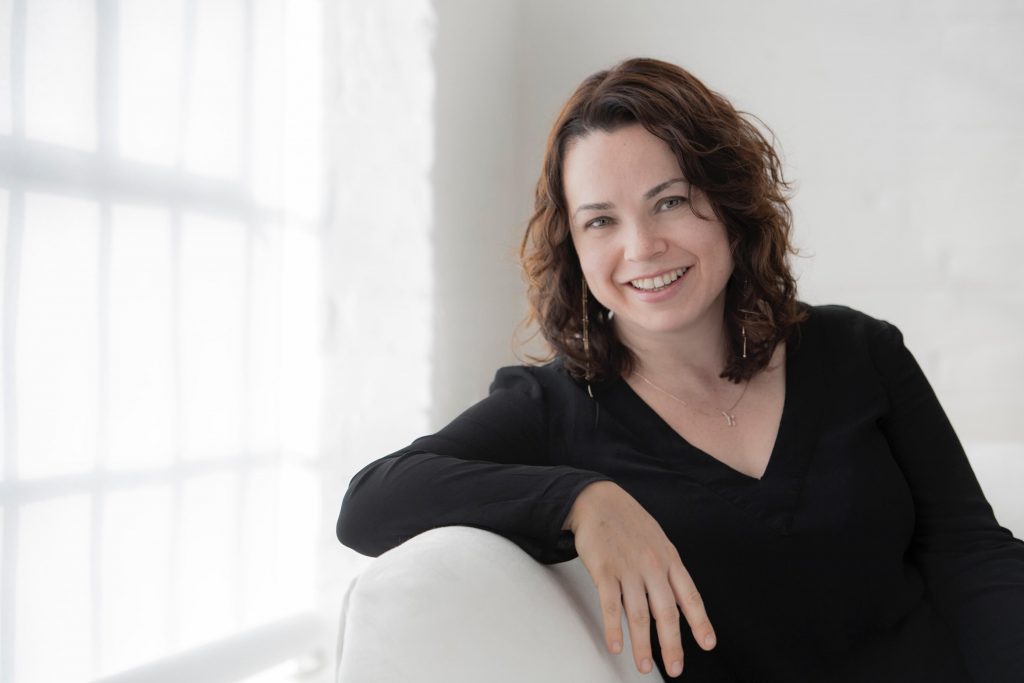
North York Moors Chamber Music Festival: Aurora, Welburn Manor Marquee, August 27
SO to the festival finale. We had no less than 11 players here, spread over three pieces, which gave a very full audience the chance to bid au revoir to most of their favourites.
Schumann’s Piano Quintet was followed after the interval by Prokofiev’s Overture on Hebrew Themes and Dohnányi’s Sextet in C. It was a joyous occasion.
The Schumann was led from the piano with characteristic fervour by Daniel Lebhardt, although its Allegro brillante was bursting with positivity on the part of all five players, a thrill undoubtedly felt by the audience.
Its yearning second theme, alternating between a light viola and a stronger cello,
counterbalanced the opening excitement. Indeed, Alice Neary’s cello offered a firm foundation throughout the work.
Similarly, the gently rocking second theme in the slow movement made a tender
contrast to the opening march. It came to an impeccably hushed, long-breathed close.
There were strong gypsy connotations in the trio and a vital coda to the scherzo.
Not so vital was the start of the finale which was heavy. But it was deceptive. When dialogue returned, Lebhardt dabbed in some nice pianistic touches, not least in his playing with rests, and when the counterpoint got going, there was no looking back. In perhaps the most ingenious movement Schumann ever wrote, the coda’s double fugue built into an immense climax, hugely satisfying here.
Prokofiev was hardly going to equal Schumann, but his clever take on klezmer – Jewish non-liturgical music – sounded like the real thing here, with Matthew Hunt’s clarinet taking an eloquent, agile lead.

Katya Apekisheva’s often rippling piano chords added a propulsion that was patently balletic, as Prokofiev undoubtedly intended. It made a pleasing diversion.
Dohnányi’s Sextet uses a piano quartet alongside clarinet and horn, which tends to mean that the horn dominates the texture whenever it enters. But Ben Goldscheider’s horn is a subtle instrument and he used it with discretion.
Ensemble was taut right from the start, in an opening theme with a charming little kink in it, illuminated by violin, clarinet and horn. The acceleration towards the close was beautifully
managed.
The strings were silent when the funeral march invaded the slow movement but Apekisheva’s piano arpeggios steered all the players back into line and a peaceful conclusion.
Hunt’s clarinet led the scherzo’s engaging lilt, and the trio’s skittering triplets injected a note of sheer fun. When the scherzo returned, the ensemble distilled pure romanticism out of the harmonic stasis near its close.
The festival could not have closed with a more joyful movement than the finale, where
Dohnányi seems to shed all inhibitions and go for sounds that are more Broadway than Brahms. The syncopation was dazzling, but immensely disciplined. It conjured everything that this treasure of a festival is all about.
By Martin Dreyer
